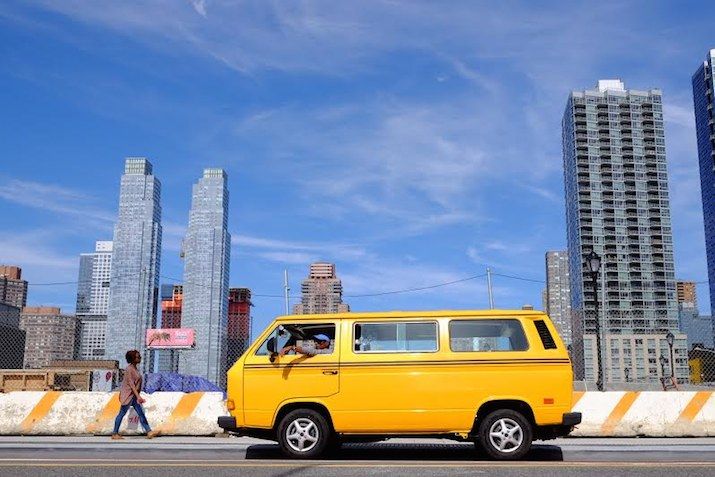From riding in the backseat to taking the wheel—how Nigerians claimed the road and built a culture around it.
In the early 1900s, when cars first arrived in Nigeria, they were exotic machines—loud, smoky, and foreign. Only a few colonial officers and foreign merchants dared to drive them. Nigerians? Mostly passengers, observers, or sometimes mechanics’ assistants.
But that didn’t last long.
By the mid-20th century, a powerful shift was underway: Nigerians weren’t just riding in cars—they were driving them, fixing them, and mastering them. This movement wasn’t just about transportation. It was about freedom, skill, social mobility, and the rise of a new working class.
Let’s explore how Nigerians took control of the wheel—and the wrench.
From Passenger to Driver: The Shift Begins
In the 1920s–30s, as colonial administration expanded, so did the need for local chauffeurs. European officials needed drivers who knew the terrain and the culture. Wealthy Nigerians—chiefs, businessmen, clerks—also began owning vehicles and hiring personal drivers.
This era saw the birth of the professional Nigerian driver—a respected, uniformed figure who didn’t just drive, but often served as a road scout, translator, and mechanic-in-training.
The Rise of Local Mechanics
While the earliest cars were serviced by European engineers, it didn’t take long for smart, hands-on Nigerians to begin learning the trade.
-
Some were apprentices in British-owned garages.
-
Others learned informally by observing repairs and gradually taking over.
-
Many became “bush mechanics”, experts who could fix a broken-down Peugeot 504 with nothing but a wrench, wire, and magic.
By the 1950s–60s, Nigerian mechanics had become indispensable. In towns and villages, roadside workshops sprang up—some under trees, others in wooden sheds. Their reputation grew: “If it can be fixed, they’ll fix it.”
Driving as a Career: From Chauffeurs to Taxi Kings
As cities like Lagos, Ibadan, and Kano expanded, the demand for commercial drivers exploded. Nigerians began buying cars, minibuses, and trucks—not just to move around, but to make a living.
-
Taxi driving became a path to independence.
-
Bus driving (and later Danfo and Molue operation) created a massive informal economy.
-
Delivery and haulage drivers became essential to trade and commerce.
Driving wasn’t just a job—it became an identity, passed from father to son. Many families built their livelihoods around their vehicle.
The Role of Technical Colleges and Apprenticeships
In the 1970s–80s, Nigeria began investing in technical education, with schools and vocational centres offering training in auto mechanics and electrical systems. But the real powerhouse of skill-building was still the apprenticeship system.
-
Young boys were “attached” to experienced mechanics.
-
They learned by doing: replacing clutches, rewiring headlights, diagnosing engine knocks by ear.
-
After a few years, they could open their own roadside garage—or become a master mechanic.
Mechanics as Community Builders
Beyond fixing cars, Nigerian mechanics became:
-
Mentors
-
Job creators
-
Local celebrities—especially the ones who could bring a dead engine back to life.
In many areas, the local mechanic shop became a community hub, a place for news, jokes, and debate—right next to the smell of grease and gasoline.
From Grease to Greatness: The Legacy Today
Even today, the legacy of Nigeria’s early drivers and mechanics is everywhere:
-
Modern transport systems were built on their backs.
-
Many of today’s transport entrepreneurs started as drivers or mechanics.
-
The love for cars—especially Benz, Toyota, and Peugeot—was fueled by these pioneers who kept them running.
Taking the Wheel of Our Own Destiny
When Nigerians started driving, it wasn’t just about moving from place to place. It was about ownership, opportunity, and pride. It was about turning the keys in the ignition of a future we could steer ourselves.
So next time you see a Danfo weaving through traffic, a taxi driver with decades of experience, or a mechanic who diagnoses a fault by ear alone—remember: you’re looking at the legacy of Nigeria’s original road warriors.
